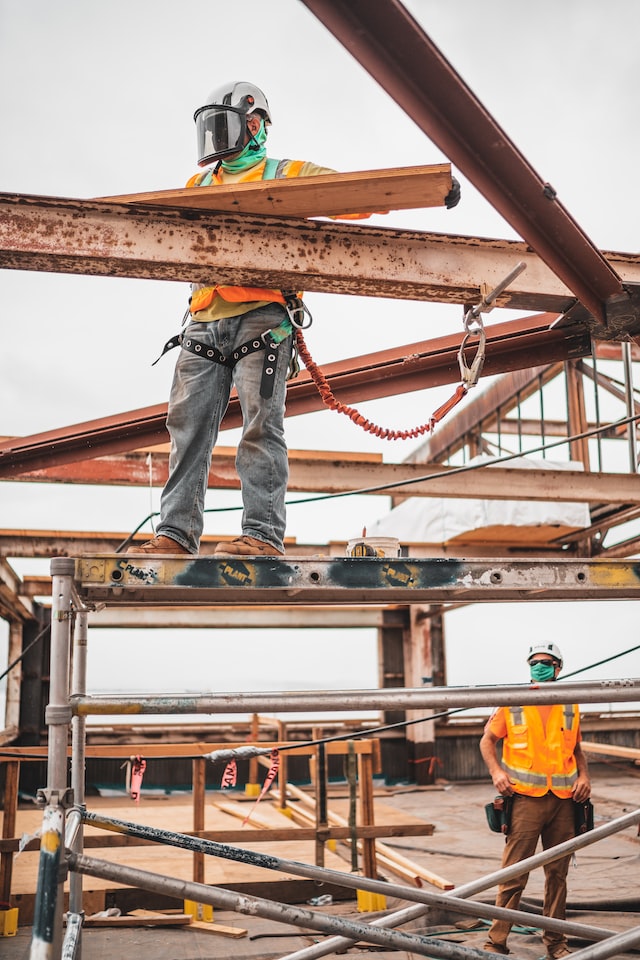
Many workers face harsh working conditions in their daily jobs. America’s biggest corporations are no exception: Amazon warehouse workers reportedly are discouraged from taking bathroom breaks and are using bottles to go to the toilet. In addition, workers face a high intensity work pace, which leaves many exhausted and has led to high injury rates. Some worry that modern work relationships further amplify the risk of workplace injuries. As more and more jobs are short-lived, firms have fewer incentives to invest in the long-term health and well-being of their workers; and, in addition, workers in such jobs typically lack access to channels that allow them to report harassment or other grievances. Despite these difficult conditions, policy efforts to improve working conditions and enforce minimum work standards receive relatively little attention, in part because it is difficult to measure the value of such interventions. To make progress on these issues one needs to address the following questions: How should we value non-wage aspects of work? Can we put a price on the ethical standards of jobs?
In a recent IZA Discussion Paper, “Willingness to Pay for Workplace Amenities,” Massimo Anelli and I introduced a novel method for pricing working conditions. It allows researchers and policymakers to calculate the price workers assign to working conditions by measuring how much money they are willing to leave on the table to avoid being exposed to poor working conditions. This “revealed preferences approach” measures workers’ valuation of alternative working conditions by observing whether workers are willing to forgo income when working conditions worsen. The basic intuition of our method is the idea that workers are less responsive to financial disincentives when their work provides a better workplace environment (e.g. workers enjoy the work and colleagues). Conversely, when work is characterized by harsh working conditions (e.g. due to health risks) workers are more likely to respond to financial incentives. In this latter case, income eligibility thresholds for welfare benefits and similar budget issues have a heightened impact on labor supply. This new approach allows for the implementation of new strategies (potentially as good as randomized experiments) to estimate the value of poor working conditions.
We use this approach to measure the value of improving workplace safety. The analysis is based on the decisions of front-line workers during the peak of the Covid-19 outbreak and studies how these individuals trade off income and health risks in the workplace. Our results suggest that the willingness to pay for greater workplace safety is substantial: the average worker is willing accept 1% less income to reduce the risk of a fatal event by one in a million. Or equivalently, workers would be willing to forgo one-third of their weekly income to avoid exposure to the peak Covid-19 infection rates. This result highlights the large potential gains from better workplace safety regulation.
As an example, take the construction industry, which is relatively risky in the US compared to other countries like the UK or Germany. Our estimates imply that reducing US fatality rates in construction to levels in the UK and Germany would be worth the equivalent of a 2.5% increase in wages. These results underline that there are large potential gains from policies that better protect workers’ health.
© Felix Koenig
Felix Koenig is assistant professor of economics at Carnegie Mellon University and an IZA Research Affiliate
Please note:
We recognize that IZA World of Labor articles may prompt discussion and possibly controversy. Opinion pieces, such as the one above, capture ideas and debates concisely, and anchor them with real-world examples. Opinions stated here do not necessarily reflect those of the IZA.